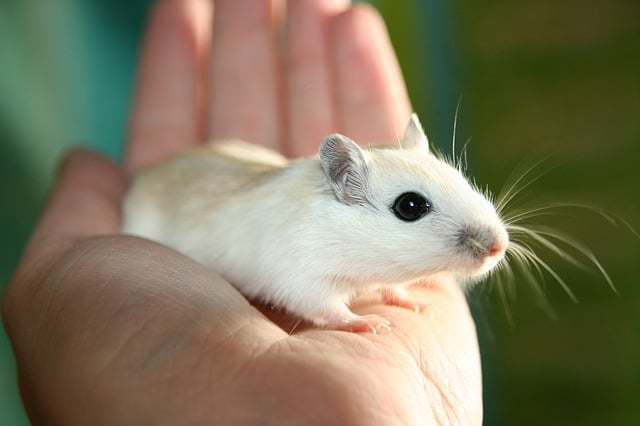A group of scientists from Harvard, led by George Church (George Church) tested the gene-therapeutic approach in adult mice. They injected animals with viral structures with three genes that are associated with longevity and found that only two genes were enough to cure four age-related diseases: obesity, type 2 diabetes, as well as renal and heart failure.
There are many ways to prolong the life of an individual animal by diet, medication or surgery. However, genetic manipulation remains the most effective so far. Record-breakers for longevity – flies and worms that live several times longer than average – are all transgenic animals that are permanently turned on or off by some important gene.
There are already several such genes, however, it is still impossible to transfer this success to humans – for this, transgenic people would have to be created. As an intermediate solution, gene therapy can be used – the introduction of the necessary genes into the cells of the body with the help of neutralized viruses.
Researchers have chosen three genes that are associated with longevity and resistance to age-related diseases. The first – fibroblast growth factor 21 ( FGF21 ) – affects the metabolism and, in particular, glucose metabolism. The second – αKlotho – provides protection against damage to the heart and kidneys. The third – transforming growth factor β1 ( TGFβ1 ) – is associated, inter alia, with matrix restructuring and immunity.
Scientists introduced mice gene-therapeutic constructs based on adenoviruses, which contained one, two or all three target genes. At first, they confirmed that the administration of adenoviruses alone does not cause pathologies in animals, but increases the expression level of these target genes.
Then, the authors of the work checked how gene therapy affects the development of age-related diseases in mice. Their first target was obesity. Scientists kept the mice on a high-fat diet for three months, during which time the animals gained an additional 56 percent of body weight. They were then given different combinations of genes and weight changes were monitored. It turned out that FGF21 alone was enough for the weight to return to normal, regardless of whether this gene acted alone or together with others.
The second target disease was type 2 diabetes, which often develops in conditions of obesity and a high-fat diet. Researchers measured glucose and insulin levels in the blood before and after eating and found that FGF21 allowed mice on a high-fat diet to achieve values comparable to the control group, which ate usually food. The other two genes had a much weaker and statistically insignificant effect.
As the third target, scientists chose kidney fibrosis – a disease in which ordinary kidney tissue is replaced by connective tissue. They estimated the percentage of preserved renal tissue and the number of fibroblasts – connective tissue cells in the kidneys. It turned out that all three genes are effective against kidney destruction, but the combination of FGF21 and TGFβ1 worked best – in this case, the level of atrophy was only 6.5%, compared with 22.5% under the influence of the only αKlotho.
Finally, the role of the last age-related disease was made by fibrosis of the heart and heart failure developing as a result of it. They were estimated by the amount of connective tissue in the heart and the amount of blood ejected by the heart. The researchers found that the maximum effect can be achieved using a combination of TGFβ1 with one of the other genes, but the combination of all three genes did not help to cope with the disease.
Thus, the pair of FGF21 and TGFβ1 turned out to be the best gene therapeutic cocktail of those tested. Together, they helped alleviate the symptoms of four age-related diseases that affect different organ systems.
The authors hope that this approach will sooner or later be applied to people. In their opinion, it should be more effective than traditional methods of treatment that fight each disease individually, ignoring the fact that the body is aging completely, and the work of different organs is closely connected with each other.
In addition, gene-therapeutic cocktails may be safer than conventional treatments because they do not require the introduction of many drugs that can counteract each other and cause side effects. In this work, the researchers also encountered a similar opposition – when the result from three genes was worse than from two – but the two genes remaining in the cocktail do not interfere with each other’s work.
